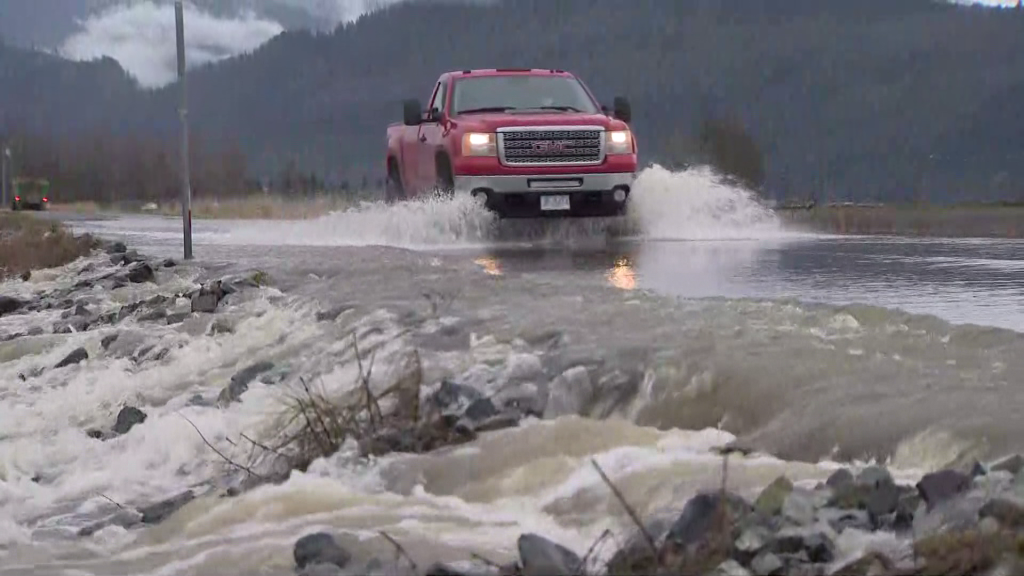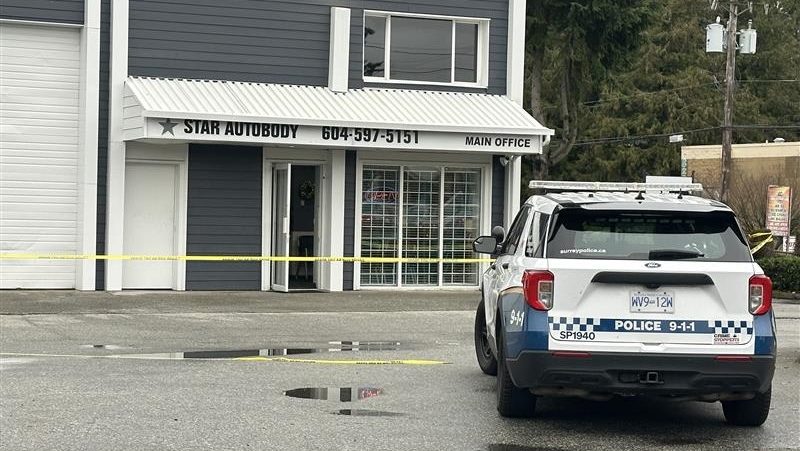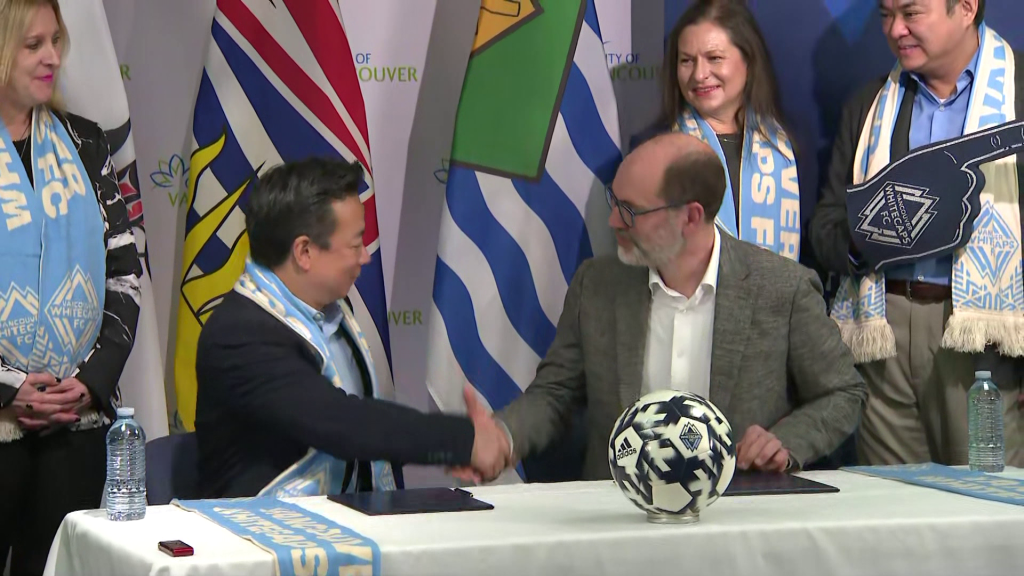Broadway Subway Project to begin boring tunnels
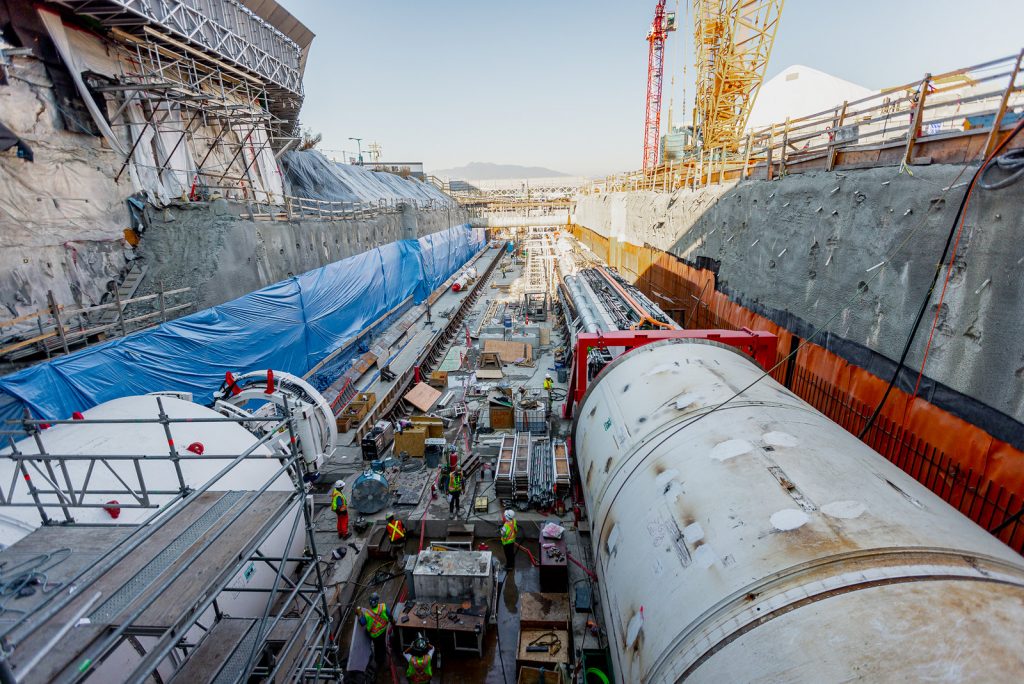
Posted October 7, 2022 3:04 pm.
Last Updated October 7, 2022 7:45 pm.
The Broadway Subway Project has reached a new milestone, with two underground boring machines set to be launched.
According to the B.C. government, the two machines will be separately deployed from the location of the future Great Northern Way-Emily Carr Station and make their way to Cypress Street, which will be the home of Arbutus Station once the project is completed.
The machines have been named “Elsie” and “Phyllis.” Elsie is in honour of Elizabeth “Elsie” MacGill, who was born in Vancouver and was the first woman in the world to earn an aeronautical engineering degree. “Phyllis” is named after Phyllis Munday, who was the first woman to reach the summit of Mount Robson.
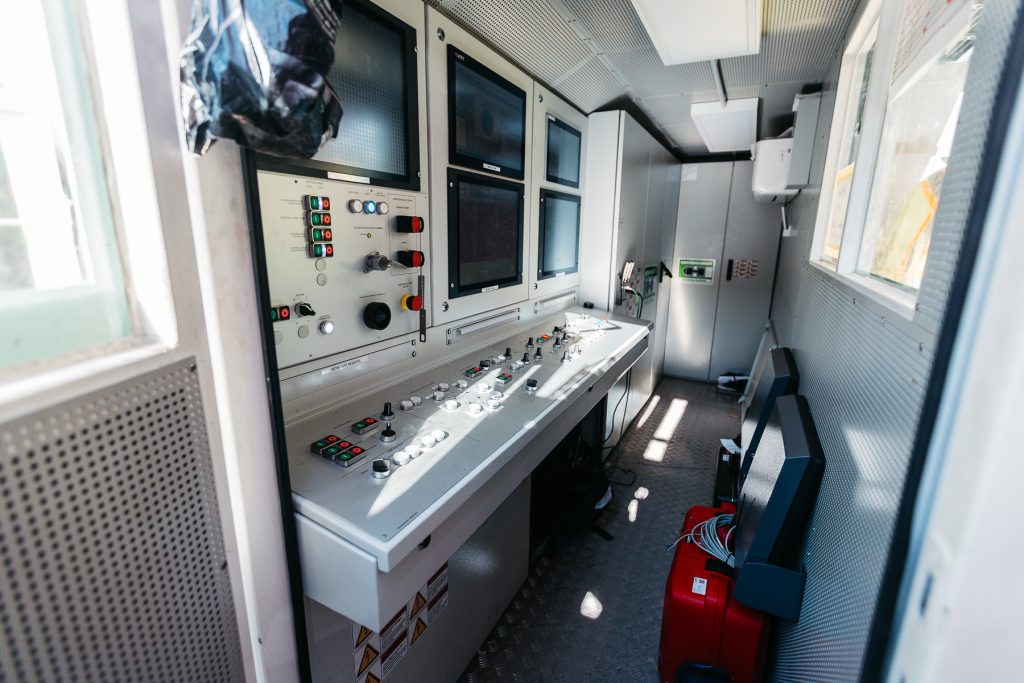
The inside of one of the boring machines used for the Broadway Subway Project (Courtesy: BC Ministry of Transportation)
Each machine is about six metres in diameter and weighs about one million kilograms. Elsie will begin the tunneling and Phyllis will follow in about a year.
“This is an exciting milestone for a critical infrastructure project that will transform the way people travel and live in and around the Broadway corridor,” said B.C. Minister of Transportation and Infrastructure Rob Fleming in a release.
“The Broadway Subway will provide affordable and efficient transit connections throughout the Lower Mainland, and it’s also going to create new opportunities for affordable housing, community amenities, and commercial services along the route.”
The Broadway Subway Project will extend the Millennium Line with six new stations from VCC-Clark Station to Broadway Street and Arbutus Street, allowing commuters to bypass congestion on Broadway.
The machines are expected to each take about a year to carve out the subway’s inbound and outbound tunnels for the 5.7 km extension.
Related Articles:
-
Incumbent Vancouver mayor announces SkyTrain loop expansion
-
Mayoral candidates in Vancouver pitch their public transit plans
TransLink CEO Kevin Quinn says the expansion will be a “game changer” for Vancouver commuters.
“This major milestone brings us one step closer to opening a vital zero-emission rapid transit connection that will move approximately 150,000 people per day, reduce congestion and lower greenhouse gas emissions,” Quinn said.
